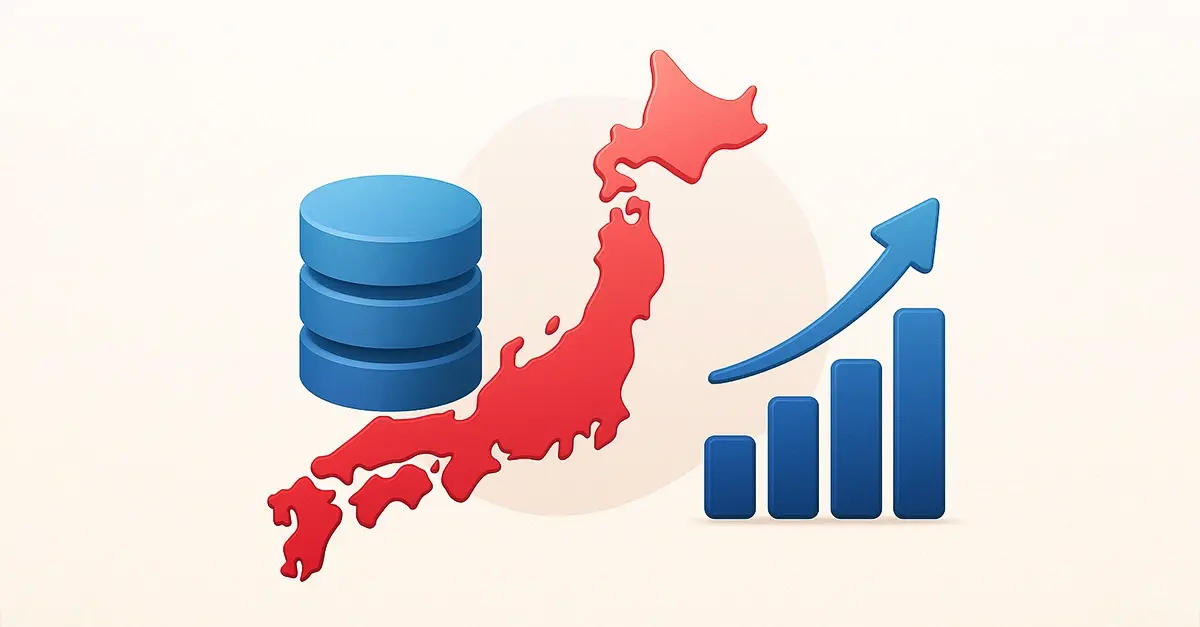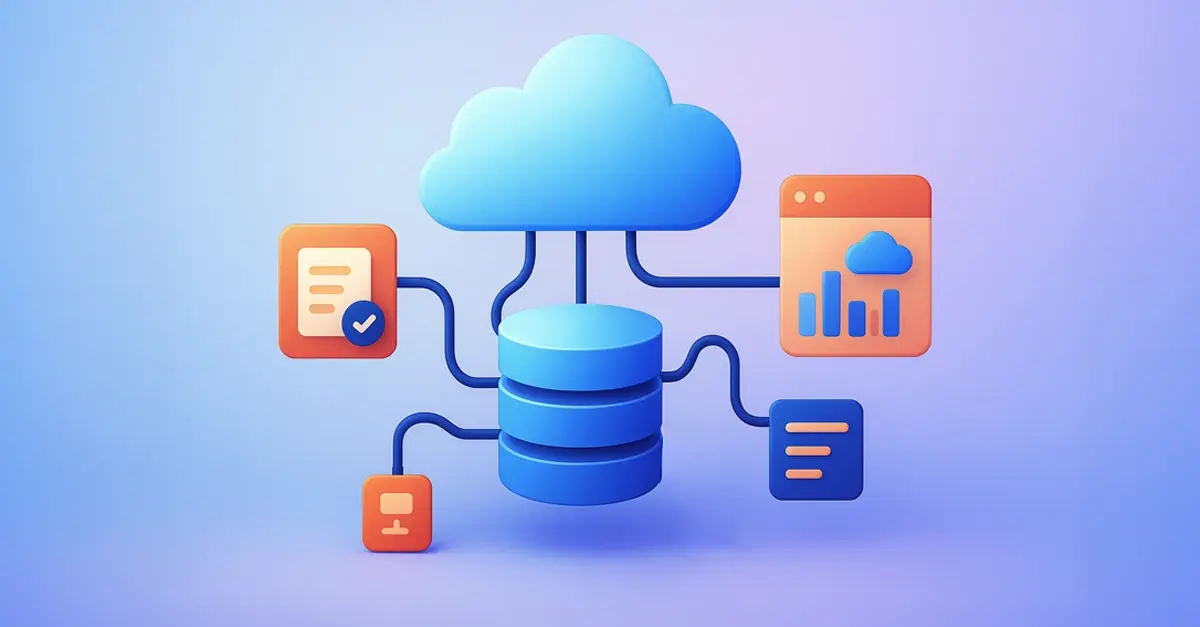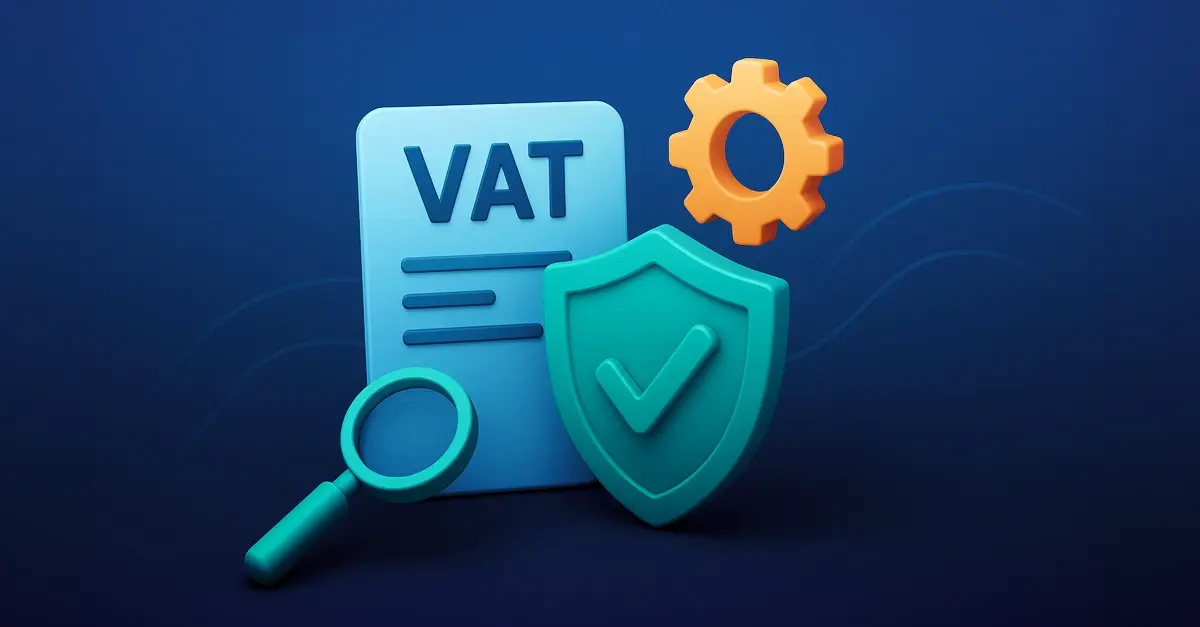Accurate and Scalable
POI Data for Mapping and Analytics.
-
Global Reach: Access over 172M+ POIs across 200+ countries - from retail stores and restaurants to hospitals, banks, and commercial offices.
-
Decades of Expertise: Backed by 30+ years of experience, our POI database reflects deep experience in sourcing, structuring, and scaling real-world location intelligence.
-
Trusted Reliability: Continuously validated against authoritative, multi-source inputs to deliver POI data that’s accurate, up to date, and business-ready.
-
In-Depth Details: Each POI profile includes name, address, contact details, brand, categories, opening hours, and more - empowering smarter analysis and use cases across industries.
-
AI-Enhanced Precision: Advanced AI ensures deduplication, attribute enhancement, and robust data enrichment.
-
Standardized for Easy Integration: Fully aligned with NACE and SIC classifications for consistent data mapping and smooth integration into enterprise, geospatial, and analytics platforms.
.png?width=597&height=452&name=map_footprint%20(1).png)







